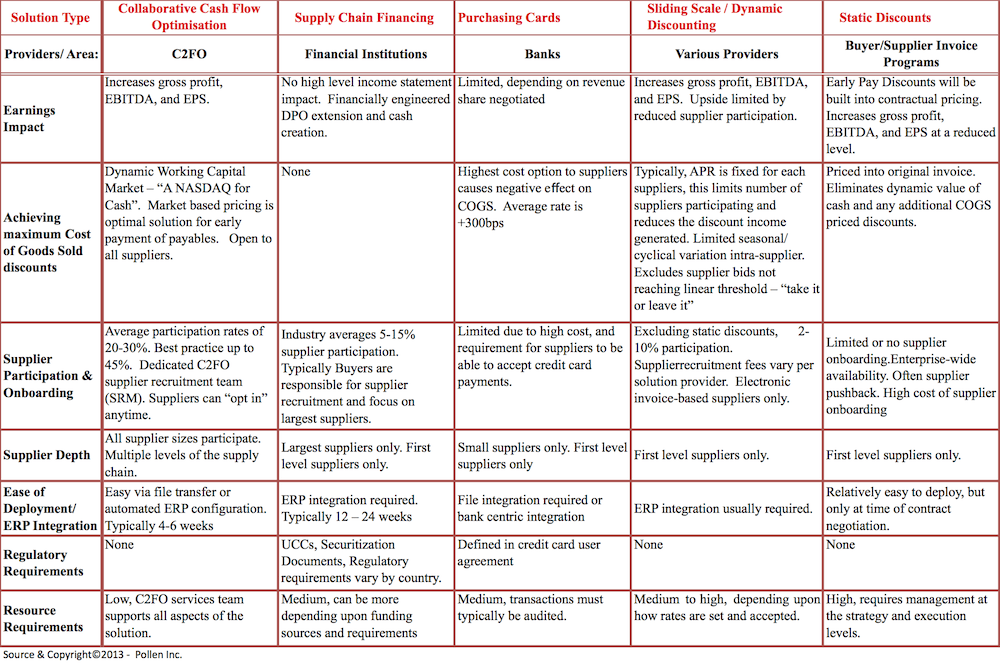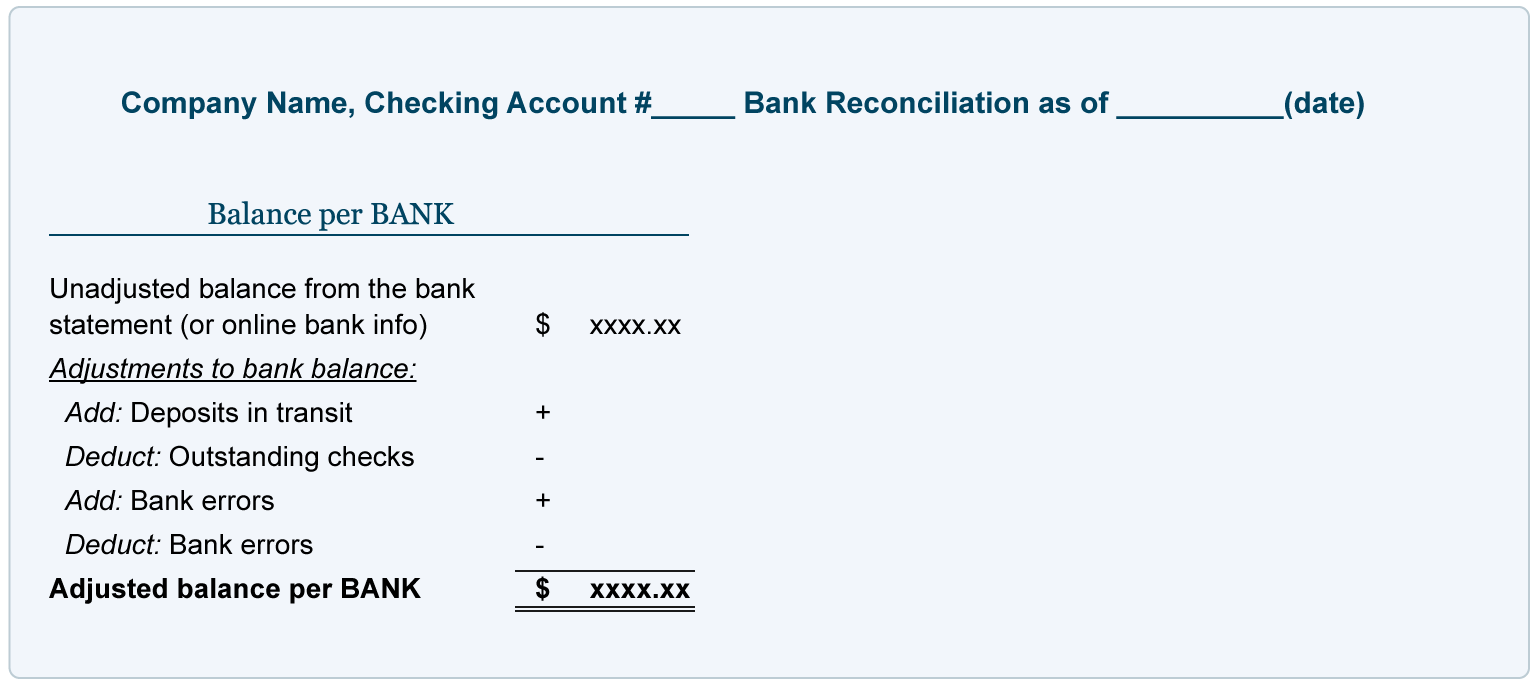Content

Typically, company founders and employees receive common stock, while venture capital investors receive preferred shares, often with a liquidation preference. The preferred shares are typically converted to common shares with the completion of an initial public offering or acquisition. Two special kinds of dividend stocks that investors should look into are real estate investment trusts and business development companies . Both types of companies are required to pay out at least 90% of their taxable income as dividends. Many of these companies will pay their dividends monthly rather than quarterly which can provide an additional benefit for fixed income investors.
What Is a Dividend and How Do They Work? - Entrepreneur
What Is a Dividend and How Do They Work?.
Posted: Thu, 09 Feb 2023 05:00:00 GMT [source]
You can find those in the Investing section of MSN Money (money.msn.com). While you need the price to calculate yield to call, average daily trading volumes are also important. Some preferreds trade at very low volumes, making it difficult to buy or sell at reasonable prices. Look for preferreds trading at least 5,000 shares daily, and higher is better. Just like stocks, preferred share prices vary with supply and demand. Currently, demand is high and most are trading above their issue price. For instance, $25.00 preferreds are typically trading in the $25.50 to $27.00 range.
dividend stock I’m buying for lifelong passive income
Common stock dividends are not allowed until preferred shareholders have been paid their accumulated dividends first. That said, these 20 dividend stocks make monthly payments to shareholders, and all have high dividend yields. Furthermore, monthly dividend stocks with high yields above 5% are even more attractive for income investors. Non-participating preferred stock only provides a dividend that is paid before common stockholders, but no share in remaining liquidation proceeds. Most preferred stock is non-participating, meaning, shareholders get paid the stated dividends, based on a fixed percentage of the offering price, and nothing more. Cumulative/non-cumulative— A preferred-stock issuer might be forced to suspend its dividends on one or more preferred series if it is in financial trouble.
Impressive rally in natural gas Preferred Stocks That Pay High Dividendss, distributable income per unit grew from $0.12 in last year’s quarter to $0.45 per unit. Based on distributions per unit of $1.57 in the first 11 months of the year, we expect annual distributable income per unit around $1.71, a 10-year high.
Best Blue Chip Dividend Stocks
Dividends to preferred shareholders don’t do this — the cost of priority status is that there’s no growth. I have personally held individual preferred stock since the late 1990s. I’ve found it overall to be an excellent source of retirement income, but a higher risk and more work to select than mutual funds or money market funds. I generally hold only preferred stock of companies that have been paying a growing dividend on their common stock for at least 10 years. • Most preferred stock issues are “thinly traded,” meaning average trading volume is low. This means the last traded price may be significantly above or below what the next trading price is. Thus, it’s generally a good idea to buy preferred shares with the idea of holding them for their dividend income until they are redeemed.

The MetLife MET, +0.10%5.625https://personal-accounting.org/ E preferred shares trade at a relatively small discount because of their relatively high coupon. Fast forward to Sept. 28, and the JPM Series JJ had fallen to $19.02 a share. If you went in at that price, your current yield would be 5.98%, and if the shares were eventually redeemed, your gain would be $5.98 a share. You are continuing to another website that Bank of America doesn’t own or operate.
Company
Nearly three-quarters of assets are dedicated to financials (sound familiar?), with 14% more in utilities, 6% in comms, and the rest sprinkled across a handful of other sectors. Dividend.com Premium members have access to premium data within each table. Premium data includes stock ratings for overall dividend quality, yield attractiveness, dividend reliability, earnings growth, valuation and price momentum in addition to payout estimates for future dividends. The stock table includes relevant preferred shares and the funds table includes relevant exchange-traded funds and institutional share class mutual funds.
How much invested to make $1000 a month in dividends?
In a market that generates a 2% annual yield, you would need to invest $600,000 up front in order to reliably generate $12,000 per year (or $1,000 per month) in dividend payments.
Dividends accumulate with each passed dividend period (which may be quarterly, semi-annually or annually). When a dividend is not paid in time, it has "passed"; all passed dividends on a cumulative stock make up a dividend in arrears. A stock without this feature is known as a noncumulative, or straight, preferred stock; any dividends passed are lost if not declared. The preference does not assure the payment of dividends, but the company must pay the stated dividends on preferred stock before or at the same time as any dividends on common stock. However, the downside to owning preferred funds is that it effectively creates infinite duration risk, similar to bond fund risk. That means that as preferred shares are called, the fund will reinvest them into new preferred shares at prevailing prices and yields.


